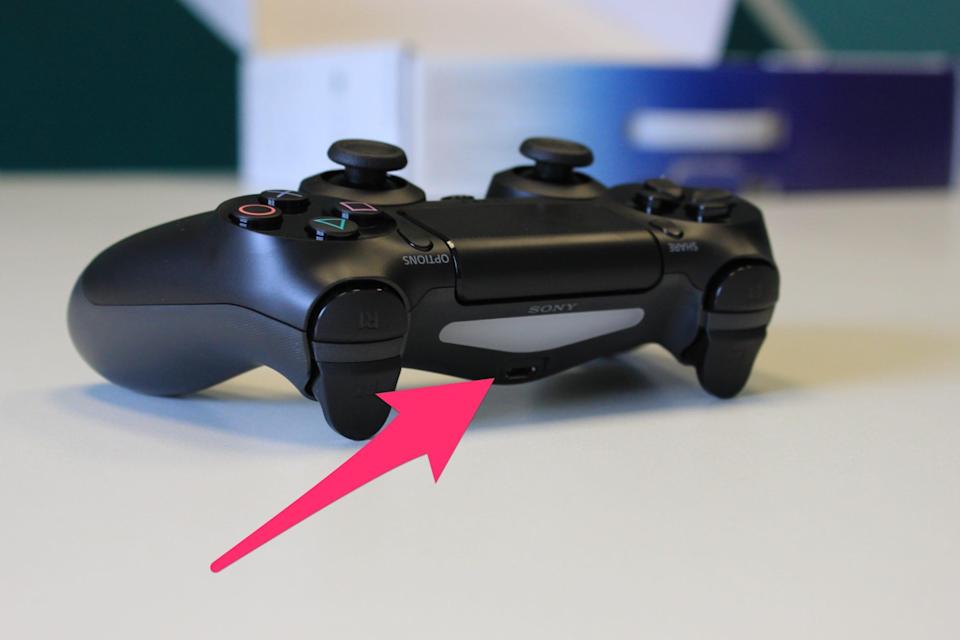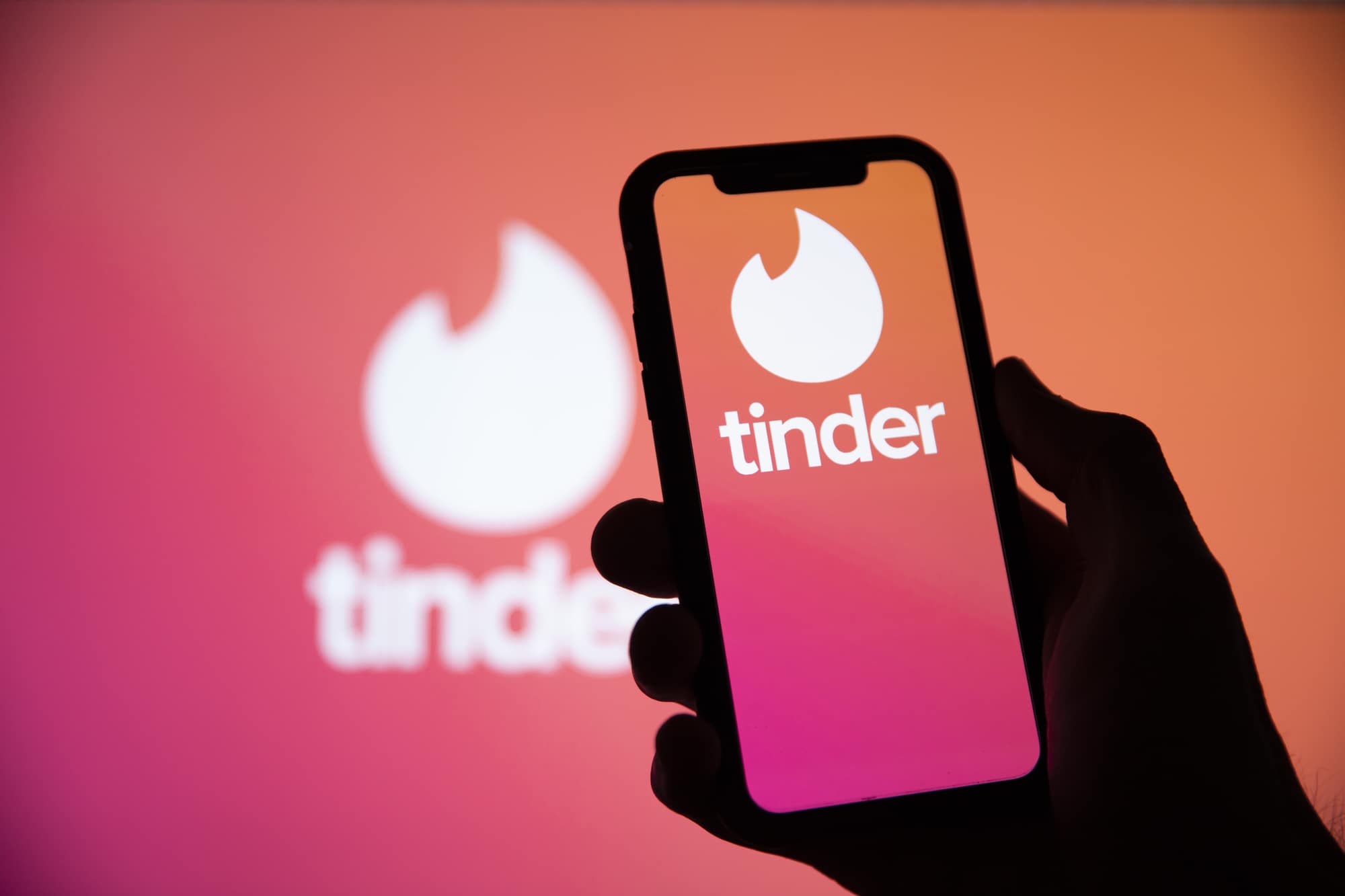Yesterday I showed you a video that Qualcomm had put up on their YouTube page and as I was watching the video, I thought it would be a good idea to explain the technology behind Quick Charge 2.0.
Qualcomm has been working on this Quick Charge 2.0 for a few years now but it wasn’t until 2014 that we started seeing it integrated into the more mainstream smartphones. Interestingly enough, we had devices being sold to customers before Qualcomm had even finished with the technology.
Both the HTC One M8 as well as the 2014 Moto X both had Quick Charge 2.0 capabilities but it wasn’t until later in the year that they were able to start selling chargers that could take advantage of the hardware.
What is Quick Charge 2.0?
Quick Charge 2.0 is more than just a fast way to charge up your smartphone or tablet. Qualcomm actually describes it as a “comprehensive suite of battery management technologies”. Since it took Qualcomm longer to prepare the chargers, it’s safe to assume that most of the technology required to utilize Quick Charge 2.0 lies within the charger itself. You still need a smartphone or tablet with a Qualcomm SoC in it, and from an Android OEM who has also licensed the technology directly from Qualcomm themselves(for instance, the OnePlus One does not support this feature).
Your typical chargers can give you 5 volts at 1 amp of power but some of them are rated a little higher. Some can give you 5 volts at 1.8 amps, 2.0 amps or even 2.1 amps. These chargers typically charge devices faster but only if the device itself supports it. All smartphones and tablets have hardware inside them that limits how many amps are allowed during charging. Now, with Quick Charge 2.0, things have to change since it will charge your device at different speeds(depending on the current battery percentage). For example, the Motorola Turbo Charger’s standard output is 5 volts at 1.6 amps. Turbo 1 output is 9 volts at 1.6 amps and Turbo 2 output is 12 volts at 1.2 amps.
How Quick Charge 2.0 Works
As I had just mentioned, the charger will go into different ‘modes’ depending on what your current battery percentage is at. I had originally thought there were three different tiers to how fast the device charged, but as I look into it I can only find sources talking about 0% to 70% and then 71% to 100%. You’ll often hear OEMs say “8 hours of battery life in 15 minutes of charging”, but again, that all depends on what the battery level is at the start of charging. So their stat is typically based on something really low like 1% or 5%. So until your device gets to that 70% mark, it will charge much faster than normal but once your battery hits 70%, then it will slow down it’s charging.
Qualcomm is able to get this charge speed up by not only increasing the voltage, but also by charging multiple cells of the battery at the same time. The battery in your smartphone or tablet is filled with multiple cells. Standard chargers will fill them up one at a time before moving onto the next one. Quick Charge 2.0 though, that will charge multiple cells at the same time. This is why you need both a Quick Charge 2.0 charger as well as a smartphone with the battery hardware to manage it properly.
So, if you were to clock how long it takes to charge a device from 70% to 100% with both a traditional charger and a Quick Charge 2.0 charger, then there wouldn’t be much of a difference. It’s only during this 0% to 70% mark that the charge time is being decreased due to the technology in both the charger as well as the smartphone or tablet. It’s not really good for the overall health of the battery to get to either of those extremes though(0% and 100%). This puts stress on the battery and if you are worried about the battery in your device lasting 3+ years then you will want to keep it in the 40% to 80% range.
For those who buy a new smartphone or tablet every year or every other year, then this isn’t going to be a big deal for you. You will sell, trade or retire your device well before the battery inside it starts to degrade over time. I like to buy a smartphone at the transition of new technology and keep it for 3+ years if I can. This is why replaceable batteries are important to me and why I purchased the LG G3 last year.
How long do you generally keep a smartphone before you upgrade to a new one?





